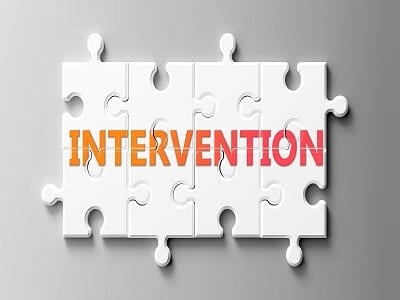This refers to programs that are provided to children who have been identified as being predisposed to developing a disability. This program is intended to help the children overcome the obstacles associated with their disability so that their education is not jeopardized. It’s similar to special education, but it’s for eligible toddlers and infants who’re behind at reaching developmental milestones. It can also be used for school ratings. Through early intervention, children from birth to age three can get services in the community or at home. Different types of specialists work with children and their families based on which skills are delayed.
Early intervention focuses on the following skills:
· Physical skills (crawling, reaching, walking, drawing, building)
· Communication skills (listening, talking, understanding others)
· Cognitive skills (learning, thinking, solving problems)
· Social or emotional skills (interacting with others, playing)
· Adaptive or self-help skills (dressing, eating)
While all states provide early intervention, not all states carry it out the same way. A childcare provider or a healthcare provider may refer children for an early intervention evaluation. This will be a social media site for teachers. If children are found eligible, a team from that state’s early intervention program works with the family to create an IFSP (Individualized Family Service Plan). This plan describes goals and the types of services to help kids and their families.
Every state has its own rules for which children qualify for early intervention. In most states, children must have either:
· A developmental delay, or
· A particular health condition that’ll probably lead to a delay. This includes conditions like birth defects, certain genetic disorders, and hearing loss.
In a few states, children may receive services if they’re at risk for a developmental delay due to factors like drug exposure, low birth weight, and other environmental issues.
A kid who qualifies for early intervention may get one or multiple of these services:
· Occupational or physical therapy
· Speech and language therapy
· Psychological services
· Medical, nutrition, or nursing services
· Home visits
· Social work services
· Hearing or vision services
· Assistive technology
· Transportation
Each U.S. state and territory offers these services through its own program. But federal law gives grants to every state from the federal government. This allows children who qualify for early intervention to receive services at low cost or free of charge.
Early intervention services generally last until a kid’s third birthday. When a kid turns three, the service coordinator organizes a transition meeting to discuss moving from early intervention services to the special education services under IDEA.
Conclusion
Services pre-kindergarten kids discovered to have a disability or to be at risk for developing a learning disability. Studies show that the earlier intervention is administered, the greater the chances of success are for the kid. If you have any questions about early intervention services,you can contact us, and we will respond as soon as possible. Or, as an alternative, you can contact your

